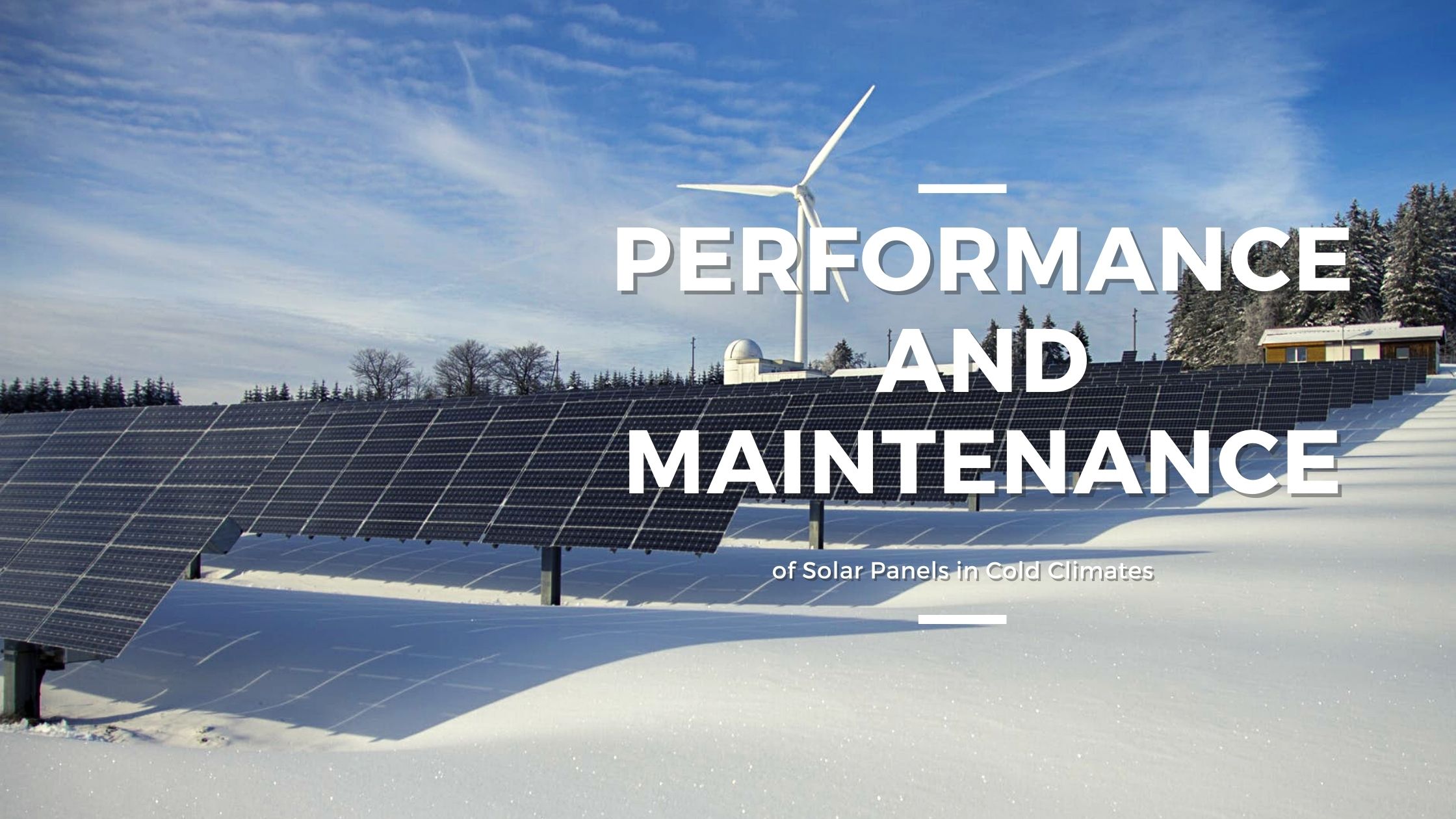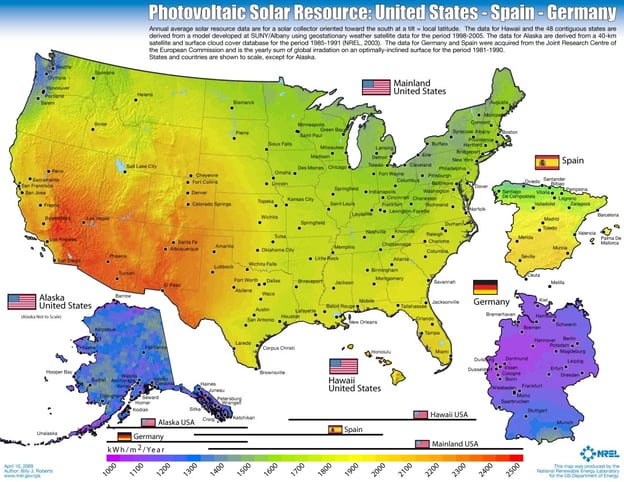


Right now, one of the most significant trends in the energy sector is solar power. It is not only an excellent source of energy for homes or businesses but is sustainable and renewable too. It is why more and more people are investing in solar panels each year. In fact, according to research by International Energy Agency, more than half a million solar panels were installed every day all over the world in the last year. China is also leading the front by installing two wind turbines every hour.
But, if you are living in a cold or snowy area, you might be concerned about the fact whether solar panels will perform during winter or not. It is a legit concern, after all, daylight barely lasts for a few hours, the temperature is low, and snow can act as a barrier between the solar panels and the sun.
The good news is that the efficiency of solar panels is not affected by external temperature. The only thing solar panels require is sunlight. In fact, solar panels seem to perform even better in colder climates. Let's review how cold weather can contribute to the performance of solar panels:
1- Cold weather prevents solar panels from heating up
Solar, or PV cells, work by converting sunlight directly into electricity. Their name is derived from the process of conversion in which photons (light) is transformed into an electrical voltage. Thus, a solar panel will do its job as long as there is sunlight and cold temperature will not impact electricity production.
In fact, overly hot climates can cause solar panels to overheat. It's almost like asking a person to run 5 miles in hot weather conditions. Most likely, the person will end up sweaty, tired, and dehydrated. On the other hand, if the weather is pleasant, the run will be more effective. The same idea applies to the performance of solar panels on a hot day versus a cold one.
Therefore, cold temperature with ample sunlight is the ideal condition for solar panels to perform optimally.
2- Solar panels and snow
People living in colder climates are often skeptical about the performance of solar panels during snowy conditions. But it is not as much of an issue as you may think. Snow is light and fluffy and most solar panels are designed to withstand a minimum amount of weight to maintain their durability and quality. And snow usually slides off or melts before it can hinder the performance of the solar panel.
Even if your solar panels are completely blocked with snow after stormy weather conditions, you can easily get them cleaned or call a professional to wipe off the snow. Despite snow's ability to cover the solar panels, it is not as harmful to their output as it may seem to be.
In fact, the albedo effect of snow can contribute to solar panels producing more electricity. The smooth white surface of snow tends to reflect light, almost working as a mirror.
If you are still concerned about the performance of solar panels in the winter months, then simply go through these tips to get maximum sustainable power.
1- Adjust the angle of your panel
During the winter months, the sun tends to be a lot lower. So, tilt your panels at a higher angle so they can generate maximum energy during the sunny hours. Make sure that your solar panels are facing the south direction during colder months.
2- Don’t try to rake off the snow
If your panels are covered in snow, don’t try to take control of the situation immediately. Allow the snow to slide off on its own or hose it with some water so it can melt. Don’t try raking off snow, as you might end up damaging the panel. Either get a solar panel snow rake or contact a professional team to clear up your solar panels.
Conclusion:
You don’t have to live in places like California, Arizona, or Florida to make the most out of solar panels. In fact, colder cities like Massachusetts, New Jersey, and New York have made their way in the list of top 5 states with the highest numbers of solar panels installed in 2016.
Germany gets sunshine almost as much as Alaska. Yet, it has been leading the front in solar panel installations. They have used solar energy as a primary source in their national energy mix. Germany's use of solar panels is an excellent proof of how cold weather doesn’t hinder the performance of solar panels.

Source: https://news.energysage.com/wp-content/uploads/2015/02/Solar-PV-resources-US-Spain-Germany.jpg
So, if you are thinking to reduce your carbon footprint and save some serious money on electricity bills then don’t hesitate to install a solar panel. It is a great way to generate electricity all year round, and minor issues like snow blockage and cloudy weather don’t count in the long run.
If you are a business owner, then look into solar software options to help you get an estimate of the costs and generated electricity. Scoop.solar has helped many businesses convert to clean energy without affecting their sales.
On the other hand, if you are a homeowner, then winter is a great time to buy one for the best possible price. Installing a solar panel will motivate your family to be conscious of the environment and in other aspects of life, and it'll also benefit your wallet too! Don’t let the winter months discourage you from buying a solar panel!
Are you thinking about going solar? Do you still have any concerns regarding the performance of solar panels in cold weather? If yes, share your questions with us in the comments below, and we'll try our best to answer them.
Author Bio: Evie Harrison is a blogger by choice. She loves to discover the world around her. She likes to share her discoveries, experiences and express herself through her blogs. Find her on Twitter:@iamevieharrison
